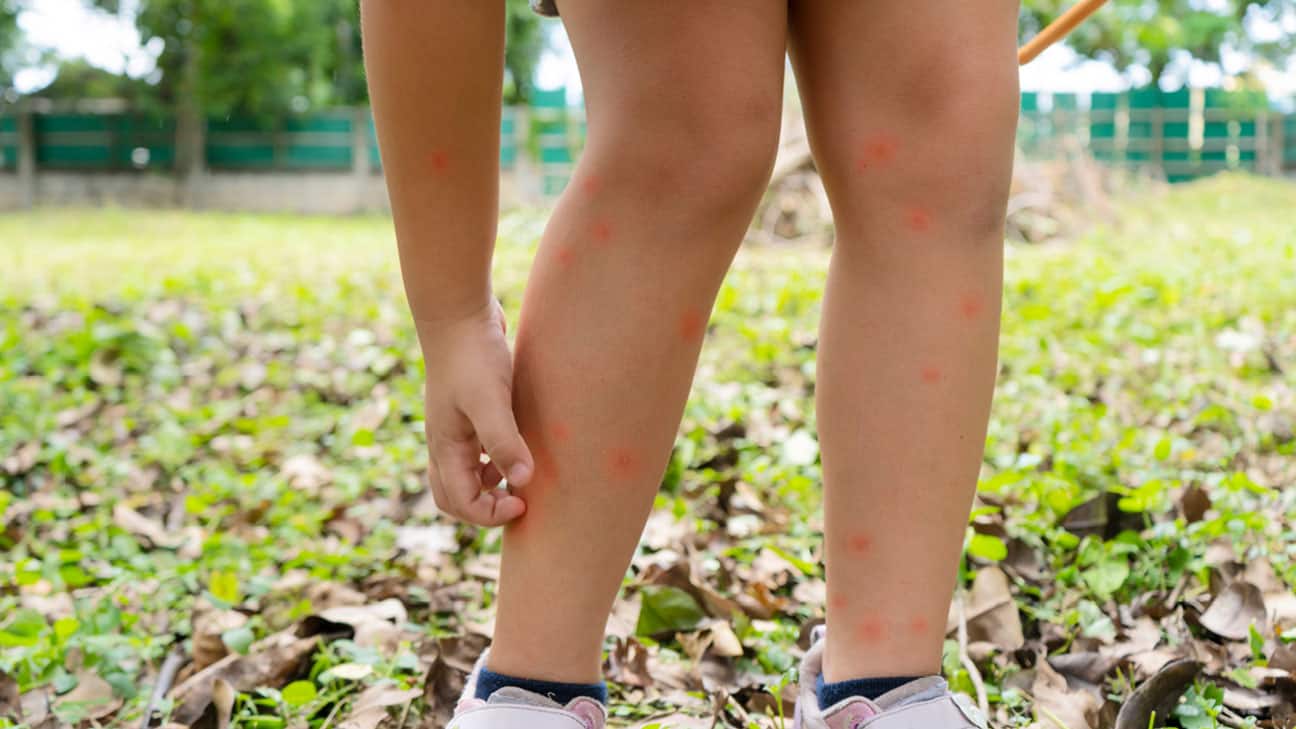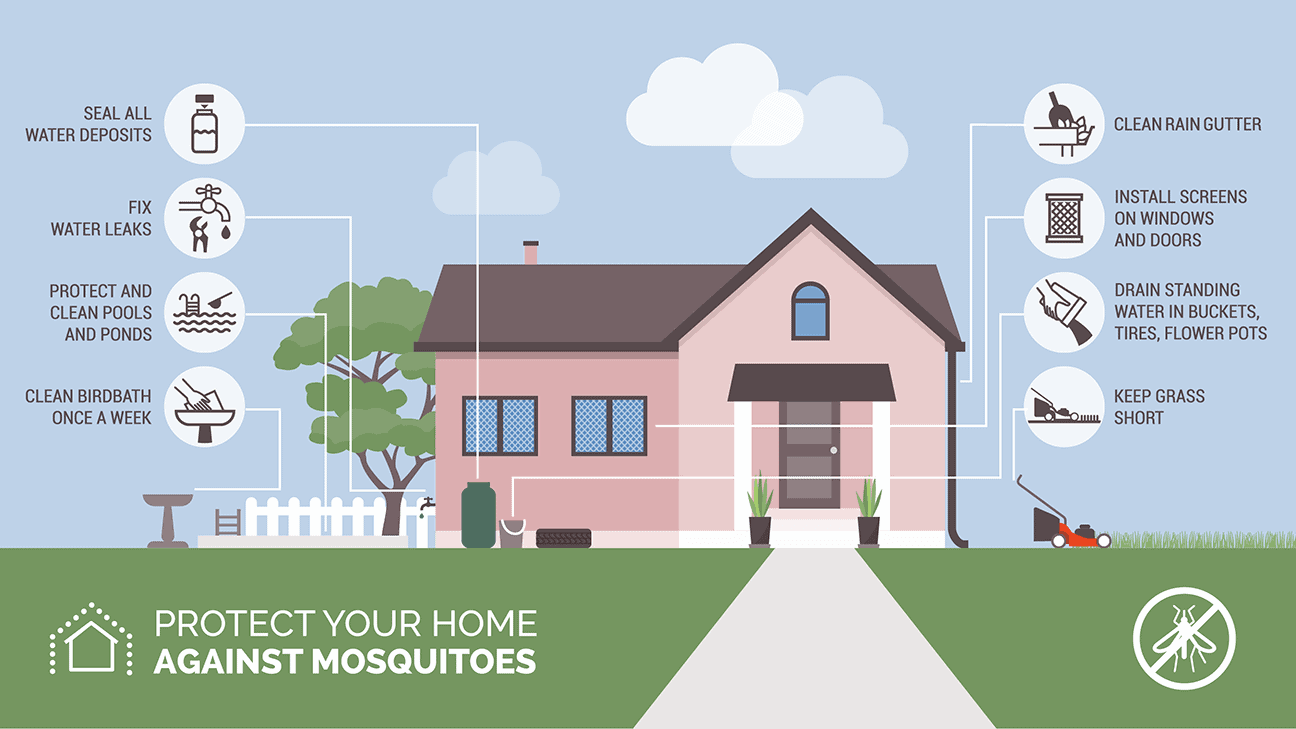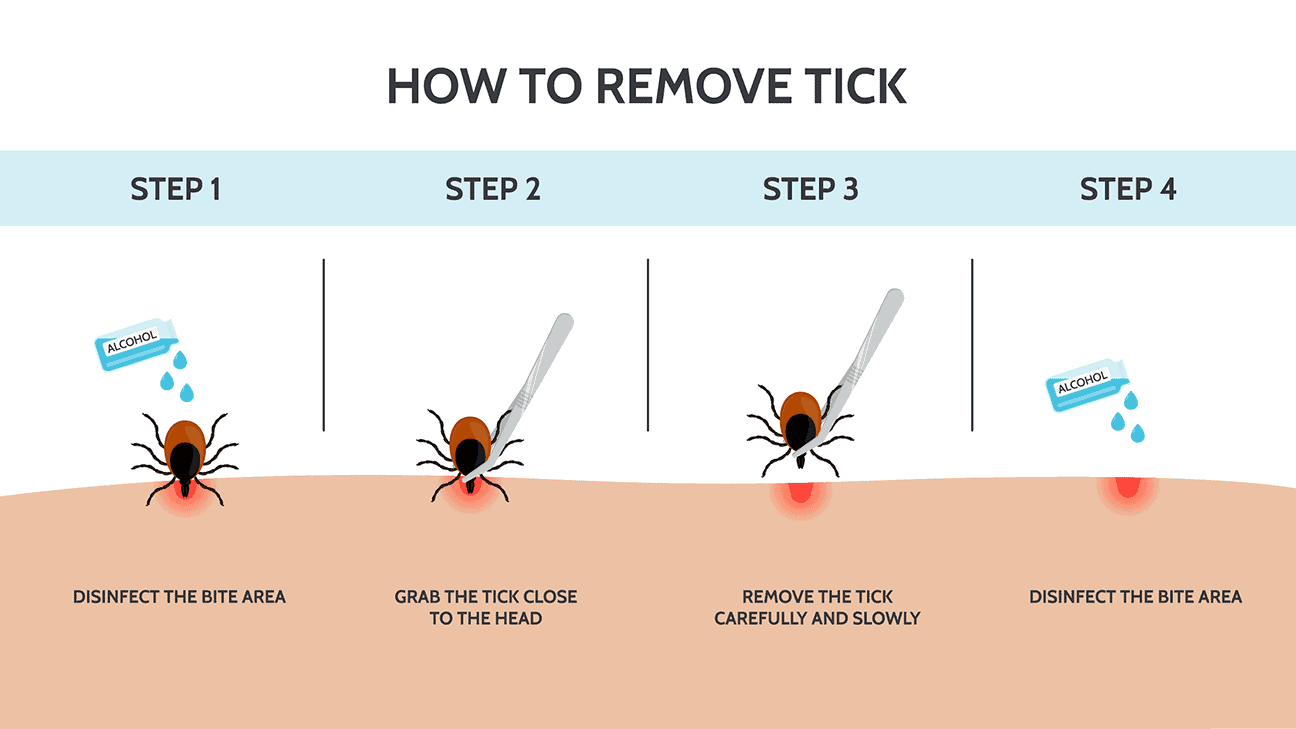
Choctaw Nation Fights the Bite
Published August 23, 2023Unfortunately, mosquito and tick-borne diseases (vector-borne diseases) are common across the United States, including in the Choctaw Nation (CNO) and the State of Oklahoma. Most counties within the Choctaw Nation reservation are historically among the highest for Rocky Mountain spotted fever incidents in the state. Non-human West Nile virus activity has also recently been detected in some counties of the Choctaw Nation.
Following basic preventative tips can reduce the risk of being bit by an infected mosquito or tick. Taking action, such as emptying any standing water at your home and always wearing an EPA-registered insect repellant outdoors, can significantly reduce the risk to yourself and your family.
As we enjoy time outdoors during the summer and fall, it’s essential to remember simple preventative tips to reduce the risk of vector-borne disease.
The CNO Department of Public Health invites you to join Choctaw Nation in fighting the bite to reduce vector-borne diseases across our reservation!
Please visit the below links for more information on protecting yourself and your family from infected mosquitos and ticks. You will find information on preventing mosquito and tick bites, vector-borne disease fact sheets, and a Choctaw Nation Tick Identification guide there. Together, we can protect our families and reduce vector-borne disease risk. Together, We’re More.

Mosquito-Borne Diseases
The bite of an infected mosquito spreads mosquito-borne diseases. Diseases that spread to humans by mosquito bites include West Nile, Zika, Chikungunya, dengue, and malaria. West Nile virus is the most concerning mosquito-borne disease threat within Oklahoma and the Choctaw Nation.
While individuals may not become sick after being bitten by an infected mosquito, some may experience mild, short-term illness or severe/long-term illness. Several mosquito-borne diseases can result in death, especially if treatment isn’t sought once symptoms appear.
To reduce the risk of mosquito-borne illness, always use insect repellant outdoors, wear long-sleeved shirts and long pants, and follow the following recommendations to protect your home and family.
- Use an EPA-registered insect repellant containing DEET, Picaridin, or other approved active, safe and effective ingredients. More information on choosing the right insect repellant.
- Wear loose-fitting long clothing to prevent mosquitos and ticks from biting.
- Mosquito-proof your home using screens on windows/doors and air conditioning if available.
- Identify and remove breeding grounds for mosquitos, such as dumping standing water in containers.
West-Nile Virus
West Nile Virus (WNV) is the leading cause of mosquito-borne disease in the continental United States. WNV is most commonly spread to people by the bite of an infected mosquito. WNV is most prevalent during mosquito season, and currently, no vaccines prevent WNV.
Most (80%) of people infected with West Nile virus do not develop symptoms.
Febrile illness (fever): Approximately 1 in 5 individuals infected with WNV will exhibit symptoms such as fever, headache, body aches, joint pains, vomiting, diarrhea, and a body rash. Most people with this type of WNV disease recover completely; however, fatigue and weakness can last for weeks or months.
Severe symptoms: Approximately 1 in 150 individuals infected with WNV will develop serious illnesses affecting the central nervous system, such as encephalitis (inflammation of the brain) or meningitis (inflammation of the membranes surrounding the brain and spinal cord).
- Serious symptoms include high fever, headache, neck stiffness, stupor, disorientation, coma, tremors, convulsions, muscle weakness, vision loss, numbness and paralysis.
- Serious symptoms (illness) can occur in individuals of any age; however, those ages 60 and older are at increased risk, along with individuals with certain medical conditions and those immunocompromised. Recovery from severe illness can take weeks to months, and some effects on the central nervous system may be permanent.
Please visit the links and documents below for more information on mosquito-borne disease and prevention.

Tick-Borne Diseases
Tick exposure and tick-borne disease can occur year-round. However, ticks are most active during warmer months (April – September). Tick-borne diseases can cause life-threatening illnesses but can be prevented by taking basic preventative steps while outdoors!
Before You Go Outdoors
- Know where to expect ticks. Avoid wooded/brushy areas with unmaintained grass. Ticks live in grassy, brushy, and wooded areas and even on animals. Many people also find ticks in their backyard or neighborhood. If walking outdoors, always walk in the center of the trail.
- Treat clothes and gear with products containing 0.5% permethrin. Permethrin can treat boots, clothing, and camping gear and remains protective through several washes. Permethrin-treated clothing and equipment can also be purchased as an alternative.
- Use an EPA-registered insect repellant containing DEET, picaridin, IR3535, Oil of Lemon Eucalyptus (OLE), para-menthane-diol (PMD), or 2-undecanone. Remember always to follow product instructions and do not use products containing OLE or PMD on children younger than three. More information on choosing the right insect repellant.
After You Return Indoors
- Check your clothing, pets, and gear for ticks!
- Ticks may be carried indoors on your clothing. Dry clothes can be tumbled on high heat for 10 minutes to kill ticks. If clothes are damp, additional time may be needed. Hot water is recommended if clothes require washing first, as cold and medium-temperature water will not kill ticks.
- Ticks can come home with you on gear and pets. For example, pets, coats, backpacks, and any other outdoor gear before returning indoors.
- Shower soon after being indoors. Research has shown that showering within 2 hours of coming indoors can reduce the risk of getting Lyme disease and may effectively reduce the risk of other tick-borne diseases. Showering can help wash off unattached ticks and is the perfect opportunity to check your body for ticks.
- Check your body for ticks. Conduct a full body check upon returning indoors, including after spending time in your backyard. Use a hand-held or full-length mirror to view all parts of your body. Check these parts of your body and your child’s body for ticks:
- Under the arms
- In and around the ears
- Inside belly button
- Back of the knees
- In and around the hair
- Between the legs
- Around the waist
Please visit the links and documents below for more information on tick-borne diseases and prevention.
- Choctaw Nation Tick Guide
- Rocky Mountain Spotted Fever Info Sheet (CNO_RMSF Info Sheet)
- Rocky Mountain Spotted Fever Coloring Sheet
- Tick Brochure
- Lyme Disease Info Sheet
- Other Tick-Borne Diseases
Based off of: fightthebiteok.com and CDC materials
